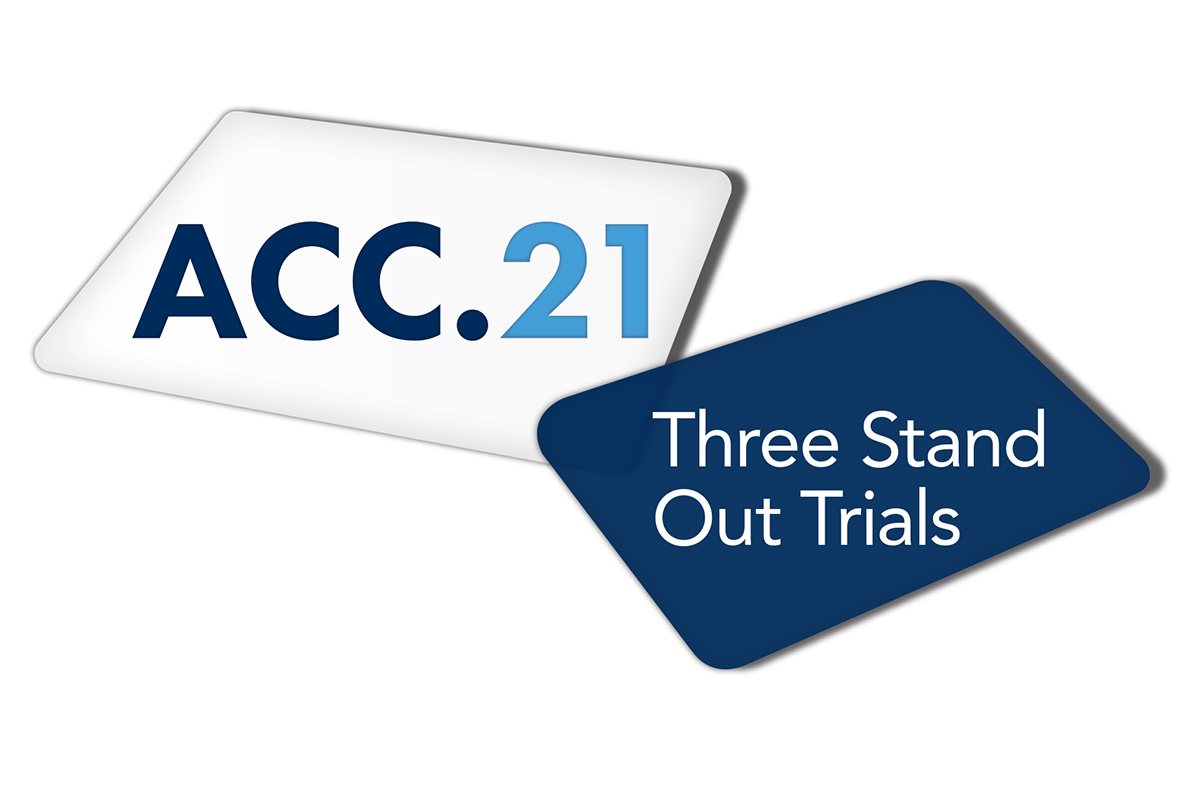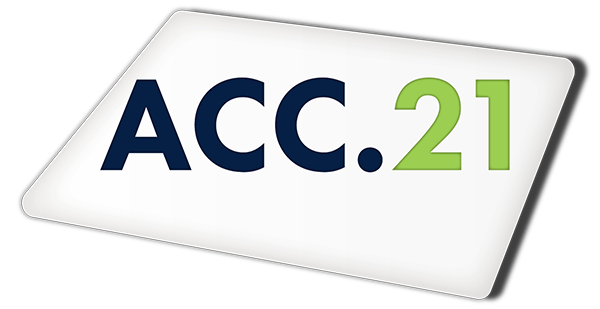Editor's Corner | ACC.21: Three Stand Out Trials

ACC.21 last month featured a number of Late-Breaking Clinical Trials. Some received a lot of press, others not so much. But despite the popularity contest and the fact that some trials seemed to show disappointing outcomes, I had to remind myself of sage advice given to me by a smart statistician many years ago – any collection of data has information within it and a careful review is always informative. For this editorial, I have chosen to review three trials which might (or might not) change how we care for our patients: ADAPTABLE, LAAOS-III and RADIANCE-HTN TRIO.
ADAPTABLE clearly won the popularity contest. The trial asked the question: Which dose of aspirin is optimal for secondary prevention in patients with atherosclerotic cardiovascular disease: 81 mg or 325 mg? But its popularity was driven not so much by its outcomes, but by the fact that it was not a typical randomized clinical trial. The investigators used data accessible via the PCORnet distributed network which contains millions of electronic health records, including links to patient-reported and health plan data. This high-tech approach collects data from the real world. Importantly, this approach has the potential to make clinical trial participants much more heterogenous (think more equal distribution of races, gender, etc.). Even so, disappointingly, only 9%, 3% and 1% of enrollees were self-reported as Black, Hispanic and Asian, respectively.
On the other hand, patients actually participated, which may not always be so great. For example, in ADAPTABLE patients bought their own aspirin over the counter. That might lead to inaccuracies in the data groups. Also close to half of enrollees changed their dose within the trial – mostly from high dose to low dose. That large crossover makes questionable the interpretation of the outcomes. Over 26 months of follow-up, 590 patients in the 81 mg group and 569 patients in the 325 mg group experienced a primary effectiveness outcome (all-cause death or hospitalization for stroke or myocardial infarction) – no difference.
Surprisingly, there was also no difference in bleeding rates between the groups. The takeaway seems to be that low-dose aspirin is as effective as a higher dose. But, on the flip side, if a patient taking a high dose is tolerating their aspirin well, there is no reason to switch. I worry about how aspirin resistance and dose switching might have affected the outcomes. There will be further data crunching in this analysis, but for now either dose is okay.
From the beginning of mitral valvotomy for mitral stenosis, surgeons have closed the left atrial appendage (LAA). It seemed like the right thing to do to help avoid emboli. Now, the LAAOS III trial has provided data to support that decision. In addition, it has shown that patients with atrial fibrillation (AFib) undergoing any cardiac surgery should have their LAA occluded at operation.
The trial enrolled patients on anticoagulation at high risk for stroke (mean CHA2DS2-VASc score was 4.2). Patients undergoing LAA occlusion had a reduction in ischemic stroke or peripheral embolism to 4.8% compared with the nonoccluded group rate of 7%. There were both early and late effects in outcomes. The curves began to diverge days after surgery and were significantly different at 30 days. Almost four years of follow-up showed maintenance of effect.
Most cardiac surgeons have been quick to close the LAA during mitral valve surgery with or without a Maze procedure, but LAAOS-III points out that even coronary bypass surgery or aortic valve replacement should include LAA occlusion if the patient has AFib. This trial provides hard data to support surgical LAA closure and will likely change the current Class IIb recommendation that LAA occlusion "may be considered."
LAAOS III is clearly practice changing, but it also raises additional questions. Since LAA occlusion can now be performed percutaneously, is it not time to evaluate whether percutaneous LAA occlusion in any patient (not just those with high bleeding risk on anticoagulation) would benefit patients in AFib at high risk for stroke? Also, surgical LAA occlusion has had varied success for complete closure/obliteration of the LAA. In this study, most patients, but not all, had LAA amputation and then suture closure of the stump. A follow-up echo study of completeness of closure would provide valuable data.
Percutaneous renal denervation, like Lazarus, has once again risen. The RADIANCE-HTN TRIO trial was done in patients with treatment-resistant hypertension and compared patients undergoing percutaneous renal denervation to those having a sham procedure. To make the groups comparable, at trial entry patients were switched to a once daily, fixed-dose, single-pill combination (a calcium channel blocker, angiotensin receptor blocker and thiazide diuretic).
After four weeks, patients with persistent hypertension (ambulatory BP ≥135/85) were randomized. At two months, ambulatory systolic BP in the denervation group was reduced by 8 mm Hg vs. 3 mm Hg in the group undergoing a sham procedure (in the intention-to-treat population). In patients with complete ambulatory BP data, the median group BP difference was –5.8 mm Hg. There was no difference in major adverse events (all cause death, renal failure, renal vascular complications, or severe increase in BP).
The take-home message from this trial is that renal denervation may be an additional tool in the antihypertensive armamentarium. The reduction in BP is at best modest but seems durable within the time of the study. Longer term outcomes will be followed by the investigators and will help determine whether ongoing medical therapy is not comparable. Of note is that there was no use of spironolactone in the study, which can be extremely useful in some patients and might have offset the benefit observed in the denervation group (but also might have been additive in the denervation group). Longer term outcomes will hopefully add to our understanding of the use of this procedure.

Peter C. Block, MD, FACC, is a professor of medicine and cardiology at Emory University Hospital and School of Medicine in Atlanta, GA.
Clinical Topics: Anticoagulation Management, Arrhythmias and Clinical EP, Dyslipidemia, Prevention, Valvular Heart Disease, Anticoagulation Management and Atrial Fibrillation, EP Basic Science, Atrial Fibrillation/Supraventricular Arrhythmias, Lipid Metabolism, Hypertension
Keywords: ACC Publications, Cardiology Magazine, Atrial Fibrillation, ACC21, ACC Annual Scientific Session, Antihypertensive Agents, Sodium Chloride Symporter Inhibitors, Calcium Channel Blockers, Spironolactone, Mitral Valve Stenosis, Secondary Prevention, Aspirin, Aortic Valve, Atrial Appendage, Angiotensins, Calcium Channels, Follow-Up Studies, Mitral Valve, Electronic Health Records, African Americans, Cardiovascular Diseases, Stroke, Intention to Treat Analysis, Hypertension, Embolism, Myocardial Infarction, Brain Ischemia, Hospitalization, Surgeons, Amputation, Anticoagulants, Hispanic Americans, Sutures, Angiotensin Receptor Antagonists, Renal Insufficiency, Denervation, Maintenance
< Back to Listings


